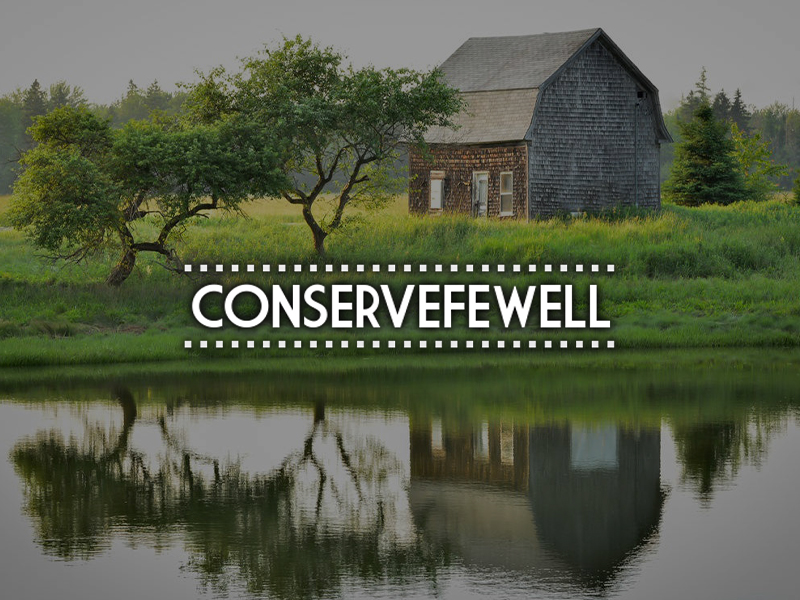By Brent Fewell
Eli Lehrer has a great piece today in The Blaze on the conservation legacy of President Reagan.
I’m proud of having been one of the first to recognize that States and the
Federal Government have a duty to protect our natural resources from the
damaging effects of pollution that can accompany industrial development.
— Ronald Reagan, July 14, 1984
Although Reagan certainly made his fair share of mistakes on the environment – the left-leaning NYT calling his legacy on the environment a stalemate – the Gipper’s instincts and actions largely helped to advance important  conservation efforts through a judicious balance of traditional top-down regulations and market-based approaches. It’s a timely discussion as Congress continues to debate the future of the Farm Bill, with huge implications for conservation across the Nation’s landscape. According to Lehrer
conservation efforts through a judicious balance of traditional top-down regulations and market-based approaches. It’s a timely discussion as Congress continues to debate the future of the Farm Bill, with huge implications for conservation across the Nation’s landscape. According to Lehrer
By measures environmental groups typically use, Reagan’s environmental record should be considered a success. Under Reagan’s leadership, new lead production essentially ceased; particulate air pollution fell by 40 percent; a record 10 million acres of land received wilderness designation, the highest level of protection available; and the United States pushed for, and signed, a major agreement to eliminate chlorofluorocarbons, greenhouse gases that were driving the then-pressing problem of ozone depletion.
But Reagan’s environmental policies also provided limited-government conservatives with a lot to admire. Most importantly, he signed the 1985 Farm Bill that farmers who receive taxpayer-subsidized crop insurance accountable for their actions. While it didn’t restrict farmers from making their own decisions about how best to cultivate their own land, the law forbade them from using taxpayer money to drain wetlands and required those receiving subsidies to develop plans to avoid soil erosion. With taxpayers picking up so much of farmers’ insurance and disaster recovery costs, the absence of these rules provided tremendous incentives for farmers to do environmental harm. Once these “conservation compliance” requirements were put in place, billions of tons of soil and millions of acres in wetlands were protected at no cost to taxpayers. Short of eliminating crop insurance subsidies altogether (a good idea, but politically impractical), this was about the best outcome possible.
Full article here.

